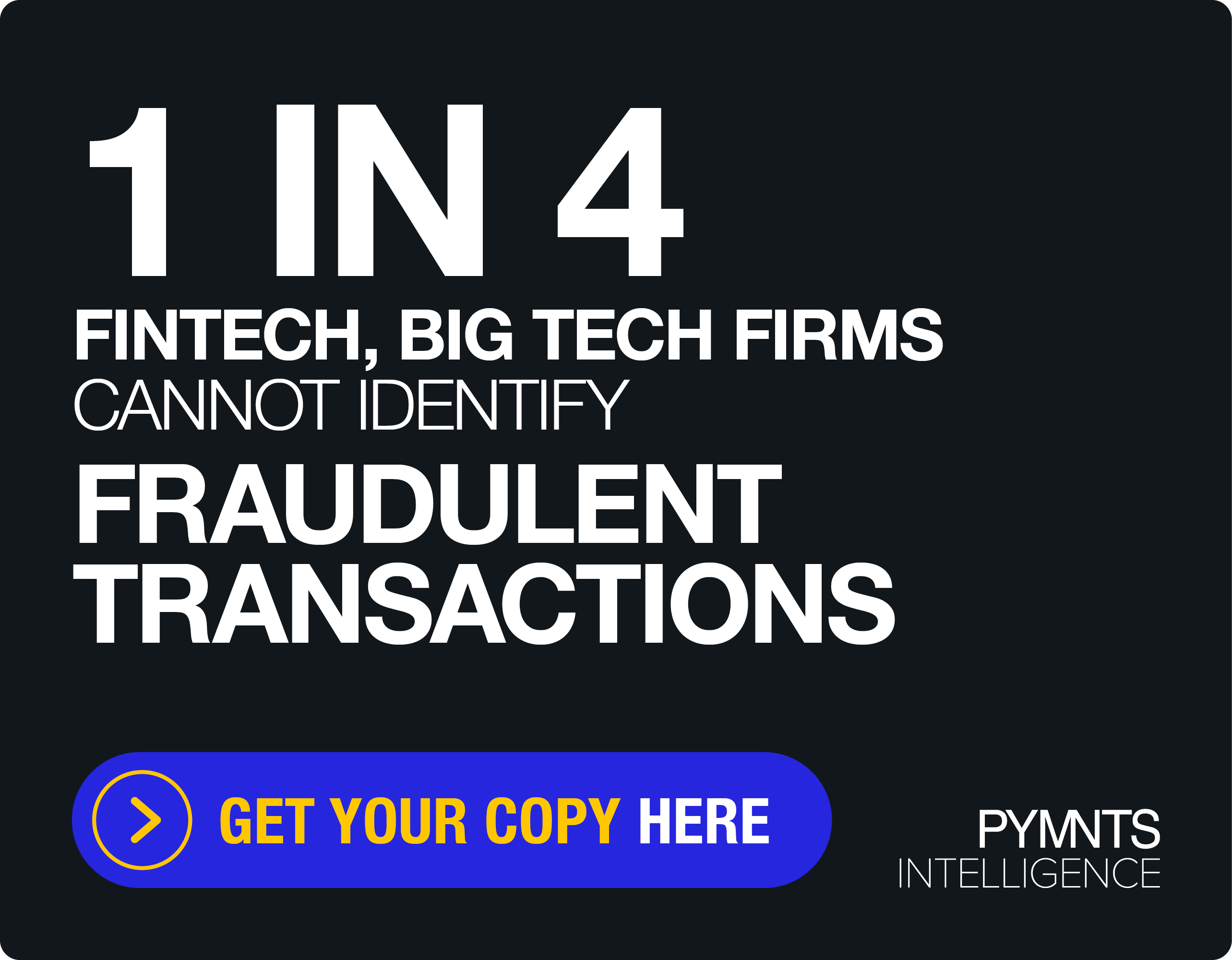Fed Says FedNow Early Adopters Pave Path to Instant Payments
Three months until the U.S. payments ecosystem changes forever.
In July, the long-awaited FedNow service launches, and its real-time rail will speed up money movement between accounts, transform bill payments and bring instant payments to a variety of use cases yet to be imagined.
As 1st Source Bank Vice President of Cards, Payments & Strategy Jim Hunt; Finzly founder and CEO Booshan Rengachari; and Federal Reserve SVP, Head of Payments Industry Relations Connie Theien told PYMNTS, collaboration has been, and will be, critical in the months and years ahead.
“This is a ‘first to market’ for all of us,” said Hunt. “There’s no path to follow – and we’re building this as we go.”
Getting Ready to Launch
At a high level, said Theien, the FedNow service will encompass end-to-end instant payment clearing and settlement, along with features that will help participants with reporting and liquidity management, risk management and fraud management.
“It’s a full-featured service that can deliver value on day one,” Theien noted, “but we’ve also designed the infrastructure so that we can enhance the services in an agile and iterative way … it’s our vision of a ‘Cadillac’ of infrastructure.”
Theien detailed that the ongoing pilot program, with a roster of more than 120 participants, has reached what Theien termed a “critical milestone,” where the Fed has opened the window, stretching into mid-June, for the formal certification of participants. The processors and financial institutions that aim to go live on day one are working through testing requirements and validation exercises.
“We’ll spend late June into early July,” she said, “doing production environment validation with that group.”
Partnerships are key, said Theien, as FIs identify the critical processors and service providers they need in order to fill the gaps in legacy systems and back office functionality in order to embrace faster payments.
To that end, and in one example of those partnerships, 1st Source Bank and Finzly have been working together during the pilot program. Finzly announced earlier this year that it now offers FIs (and their developers) access to the FedNow Service via API.
The Need for Immediacy
For 1st Source Bank, said Hunt, “the most important day-one consideration was the recognition that we needed a partner. We were not going to build this ourselves,” he said of the move to real-time payments. By linking with third-party providers to hit the ground running this summer, said Hunt, “being an early adopter of FedNow presents an opportunity to set ourselves apart from our competition.” 1st Source’s clients, he said, are looking for a variety of services, but there’s one over-arching theme, said Hunt: “The need for immediacy surrounds us every single day.”
And for the FIs that don’t meet those expectations — well, they risk losing clients.
FIs are, of course, aware of the benefits of connecting to instant payment systems like FedNow. But, as Rengachari explained, they face challenges in getting there, especially as banks move beyond batched payments.
“One of the key obstacles banks find,” he told PYMNTS, “is that their core infrastructure is not 24/7.” Many FIs power their operations with mainframes that were built decades ago, and they need workarounds in order to get their back-end operations ready for FedNow.
“What’s important,” said Rengachari, “is how fast we can go ‘live’” as banks gear up to more fully participate in the digital economy.
Banks need to adopt and embrace the changes to the payments ecosystem, which are occurring with more speed and frequency than before.
“You need to have agile partners,” noted Rengachari.
Finzly, he said, helps FIs launch new payments infrastructure in a matter of minutes, so that the FI has an operating system ready to start processing instant payments.
For the FIs themselves, the enhanced connectivity means that they don’t have to juggle the different “languages” such as ISO 20022 tied to payments’ messaging, and can instead focus on delivering the best service to their end users.
With FedNow functionality in place, he offered up the example where a bank’s client, an insurance firm, wants to disburse payments in real time.
With a few clicks, Rengachari said, an API call goes out to the bank, and the bank delivers the payment, instantly.
“That’s the embedded, connected, real-time experience that we will be seeing as the adoption of real-time payments comes more fully into the picture,” predicted Rengachari.
Other use cases will emerge, he said, where gig economy workers will find value in getting paid several times a day — or government assistance, in times of natural disasters, can be sent instantly to individuals and families who desperately need that aid. Theien said that the real estate and auto industries will benefit from real-time loan disbursements.
Business payments, especially, are ripe for a digital and instant overhaul, said Rengachari. “It’s good for the cash flow for both the sender and receiver,” he said. Hunt concurred that the new payment rail will be most heavily used by commercial clients.
Consumers also will find value in moving money between deposit accounts, and even between financial ecosystems, with speed.
“One [use case] that excites us,” he said, “is request for payment — we think that’s a game-changer.”
Looking Ahead
Looking ahead, Theien said that the “tipping point” for getting a significant number of FIs on board with FedNow will likely be reached quickly.
It took 10 years to get that critical mass in place with ACH, she said, and roughly four years with Check 21.
The investment and testing being done by pilot program participants like Finzly and 1st Source, she said, will make it easier for other organizations to follow suit.
“The whole industry is going to benefit from the heavy lifting that these pioneers have done,” said Theien. “None of this would have been possible without the in-the-trenches collaboration.”

